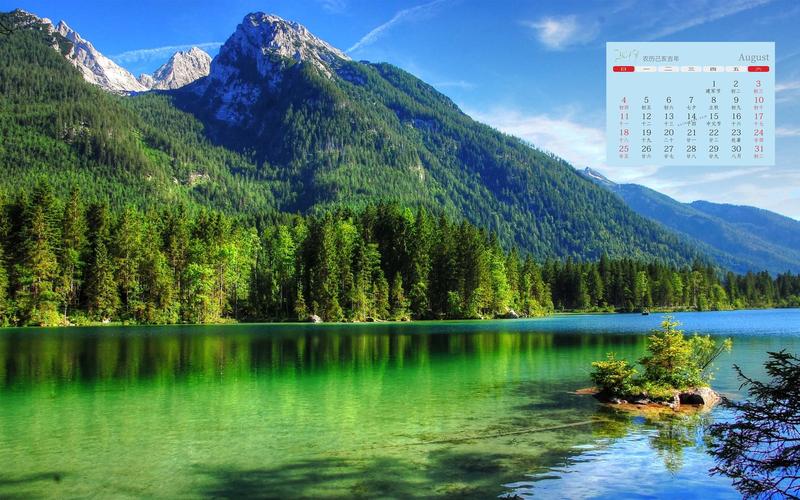The African nation of Zimbabwe is a rich cultural destination with a vibrant history that stretches back centuries. The country is home to some of the most remarkable cultural heritage sites in the world that have managed to survive through the ages, despite the upheaval that has plagued the country. These sites stand as a testament to the country’s value for its cultural identity and heritage.
Zimbabwe’s cultural heritage sites are an essential component of the country’s cultural and economic fabric. The preservation and promotion of these sites provide an opportunity for economic growth, employment creation, cultural tourism development, and building understanding and appreciation for Zimbabwe’s rich and diverse culture.
One of Zimbabwe’s most famous and significant cultural heritage sites is the Great Zimbabwe Ruins, located in the southeastern region of the country. These ruins bear witness to an advanced civilization that existed over 500 years ago. This site is considered an architectural wonder due to its beautiful stone walls, which are estimated to be between 11 and 14 meters high and up to five meters thick. The ruins also feature an impressive circular tower that served as a lookout point, as well as a few other structures that served different purposes.
Another important cultural heritage site in Zimbabwe is the Matobo Hills, which is a UNESCO World Heritage Site. This site features a spectacular array of granite outcrops, with many of these outcrops bearing ancient rock paintings. These paintings are believed to be between 2,000 and 6,000 years old, and they serve as a vivid reminder of the history and traditions of the San people, who were hunter-gatherers that lived in the area for thousands of years before the arrival of the Bantu peoples.
The Khami Ruins, also located in Zimbabwe, is another UNESCO World Heritage Site that boasts of its unique cultural heritage. This site is famous for its intricately constructed stone walls, believed to be built by the Torwa Dynasty in the 15th century. These walls served as a defense mechanism against invaders and provided the residents with a sense of security.
In summary, Zimbabwe has an abundance of cultural heritage sites that are essential to preserving the country’s cultural identity and traditions. The Great Zimbabwe Ruins, Matobo Hills, and Khami Ruins are just some examples of the awe-inspiring cultural sites that offer a glimpse into the country’s rich and diverse past. Through their preservation and promotion, Zimbabwe’s cultural heritage sites are a potent economic driver, encouraging cultural tourism development and contributing to the growth and prosperity of the country.
(Note: Do you have knowledge or insights to share? Unlock new opportunities and expand your reach by joining our authors team. Click Registration to join us and share your expertise with our readers.)
Speech tips:
Please note that any statements involving politics will not be approved.
